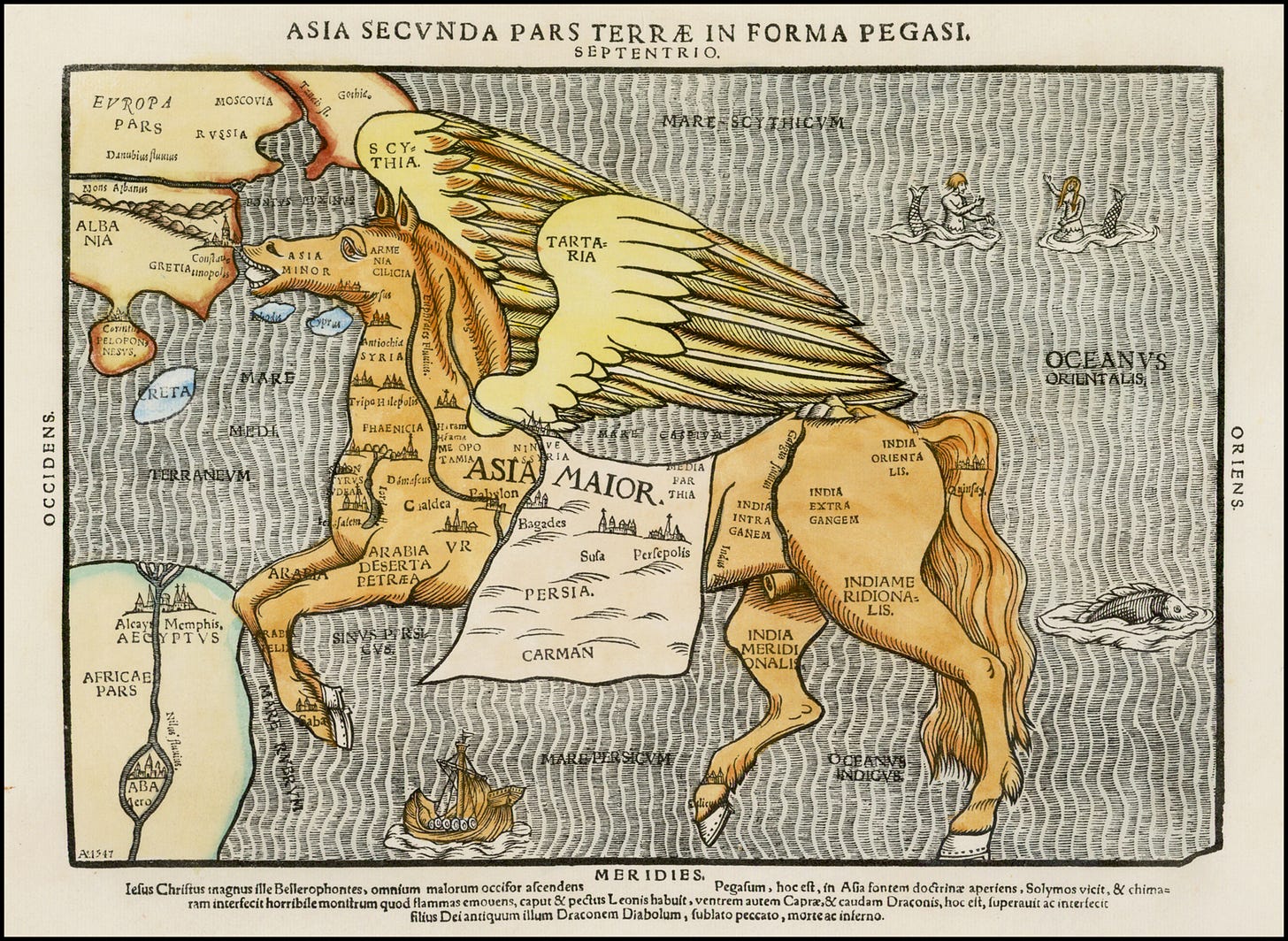The Myth of a Single Asia: Part 3
Last in a three-part series on the use and abuse of the word “Asia”
Philip Bowring, Asia Sentinel’s co-founder and consulting editor, recently redefined maritime Austronesia into its own distinct region, known as Nusantaria, in his prize-winning book, Empire of the Winds. Now he takes on a bigger task. In a three-part series he looks at the usage and abusage of the word “Asia,” its origins, history and why it means diff…
Keep reading with a 7-day free trial
Subscribe to Asia Sentinel to keep reading this post and get 7 days of free access to the full post archives.


